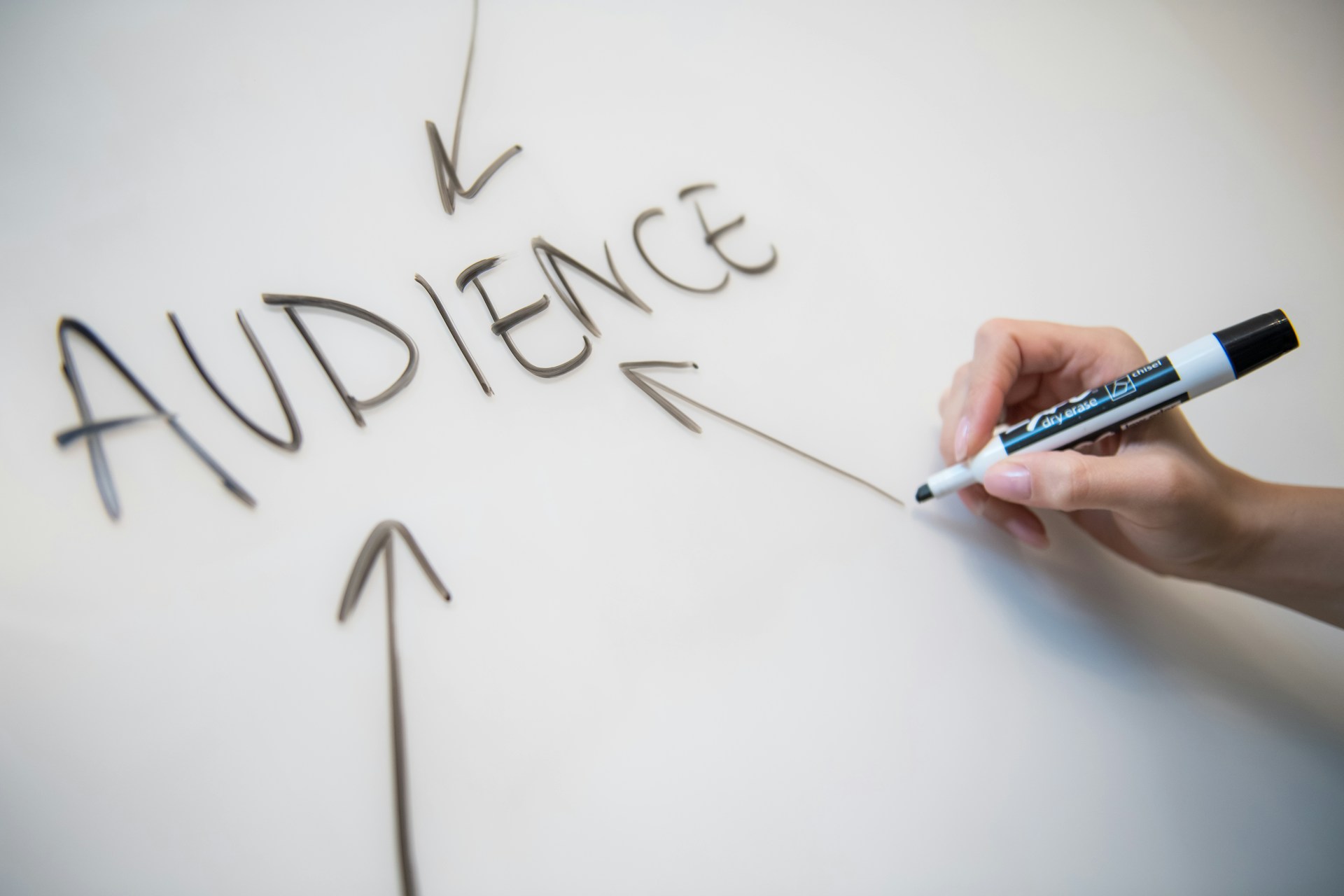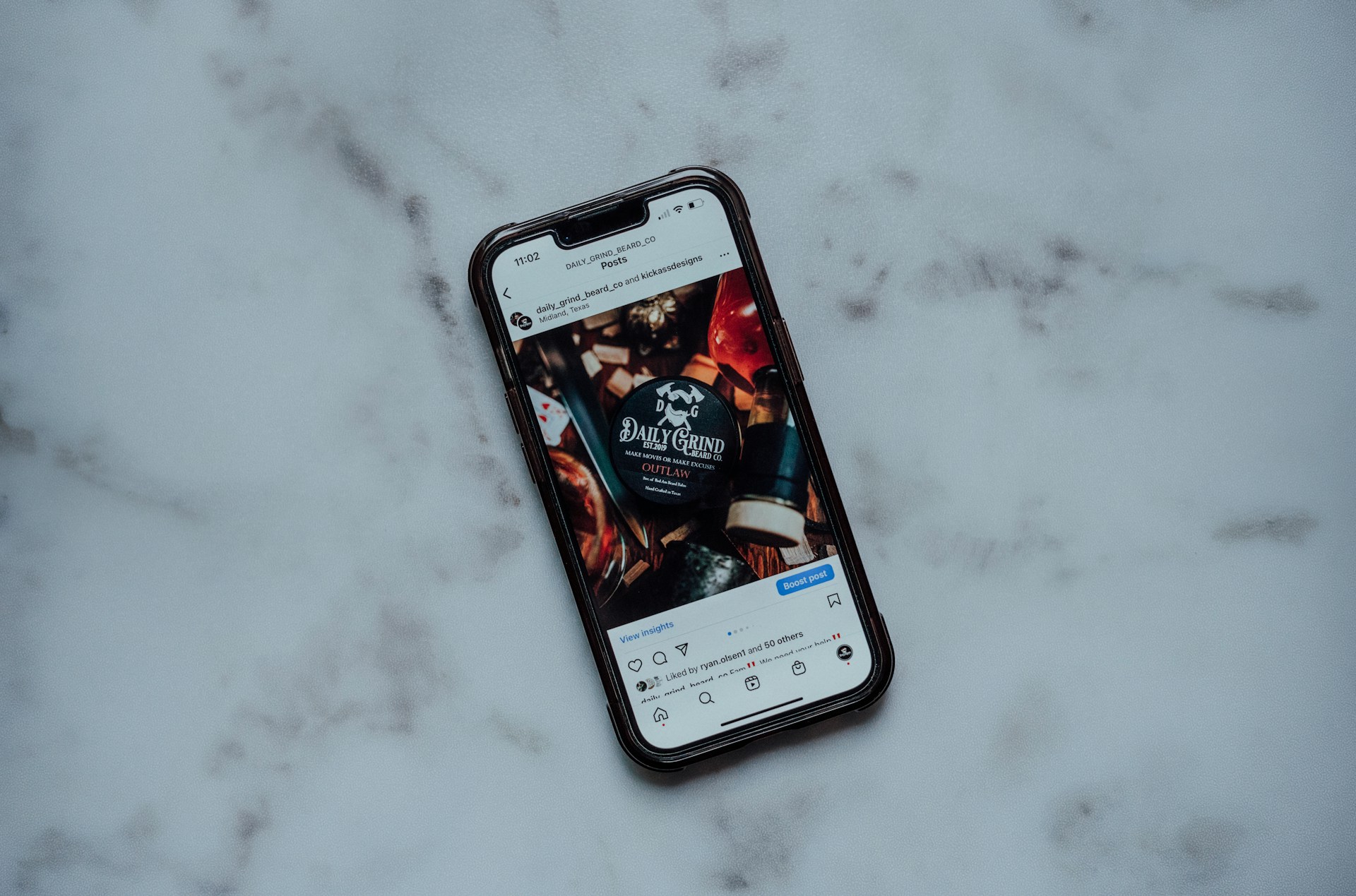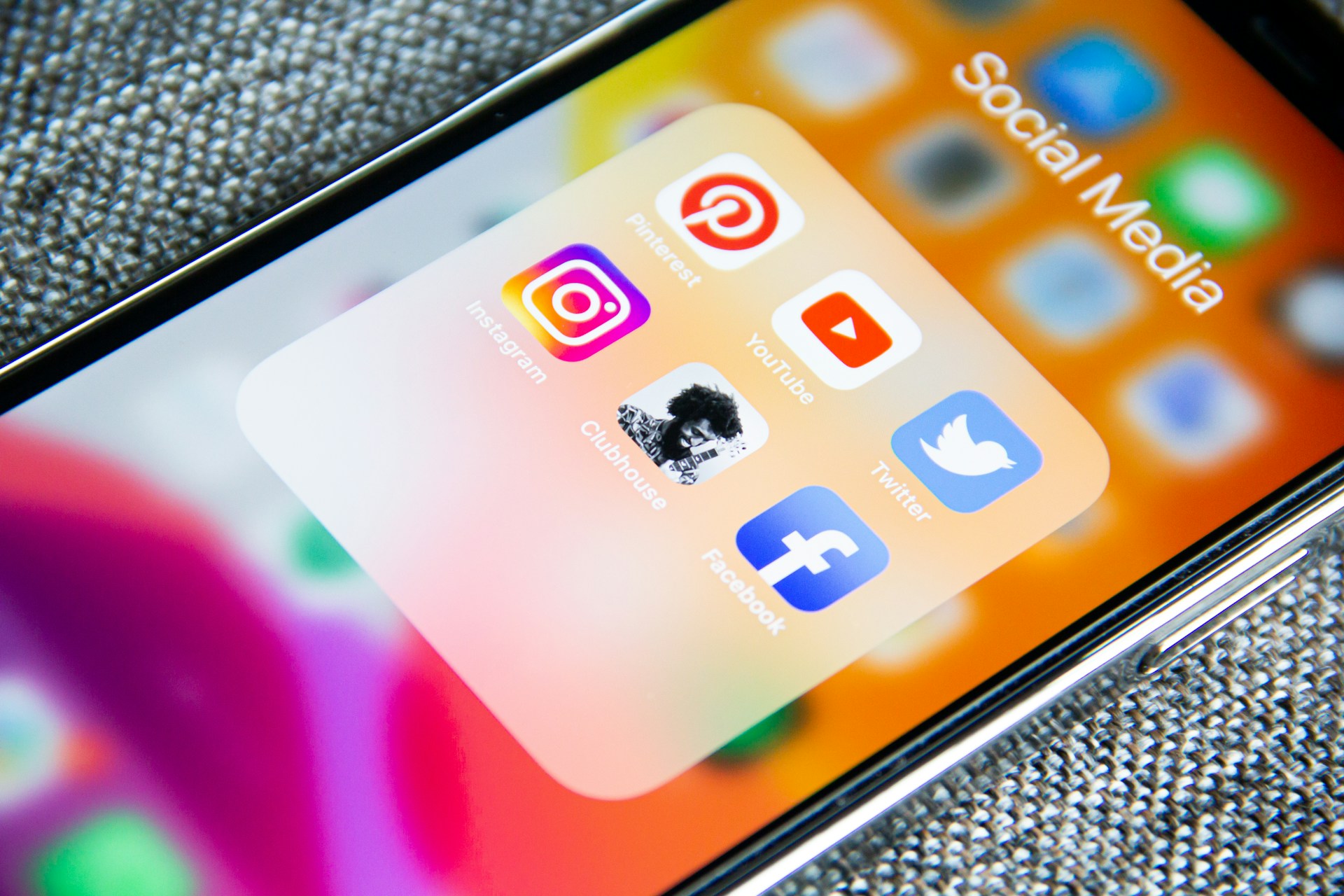Brands are in a constant battle not just for visibility, but for emotional relevance. It’s no longer enough to have a beautiful logo, clever copy, or high-end visuals. To truly connect with consumers on a deeper, emotional level, brands need to engage the senses. And among all the sensory inputs, sound has a uniquely powerful effect.
Music, in particular, has the ability to stir emotions, evoke memories, and build strong associations. When used strategically, it doesn’t just complement a brand—it becomes a key part of its identity.
The Science Behind Music and Emotion
Humans are wired for music. From lullabies to national anthems, sound plays a central role in shaping how we experience the world. Neurological studies show that music activates the brain’s emotional centers particularly the amygdala and hippocampus, which are involved in processing emotion and memory.
That’s why hearing a familiar jingle or brand tune can instantly bring back a feeling, a place, or a moment. It’s also why music can shift mood and create atmosphere far more quickly than visuals or text.
A Nielsen report found that ads with music perform better across multiple metrics. On average, adding music to an ad improves:
- Creativity by 20%
- Empathy by 26%
- Emotive power by 30%
- Information power by 20%
Music makes messages more memorable. It also influences the way a consumer perceives a brand whether it feels warm, bold, youthful, premium, or fun.

Emotional Branding in Action
Brands that tap into emotional branding know that the goal isn’t just awareness, it’s affinity. Emotional branding is about creating a strong emotional response to a brand message, and music is one of the fastest ways to do that.
In fact, a 2022 Veritonic study revealed that 46% of consumers feel more favorable toward brands that use music they like. Another key finding: music that aligns with a brand’s tone can increase brand recall by over 96%.
63% of consumers say music helps them feel more emotionally connected to brands.
This emotional bond translates to trust, loyalty, and ultimately, conversions.
Take Coca-Cola, for example. Their consistent use of upbeat, positive music across decades from “I’d Like to Teach the World to Sing” to EDM-infused summer campaigns cements their image as a joyful, feel-good brand.
Or consider Apple, known for its minimalist yet emotionally rich use of music. Their product launch videos often feature ambient or cinematic scores that reflect innovation, elegance, and a touch of emotion without a single word spoken.
Real-World Examples of Music-Driven Brand Identity
Some brands have taken music integration to the next level through sonic branding, the use of a consistent audio logo or theme across all touchpoints.
- Intel’s 5-note chime is one of the most recognizable sonic signatures in the world.
- McDonald’s “I’m Lovin’ It” jingle has been embedded in global culture for over two decades.
- Netflix’s “ta-dum” sound is now a core part of its identity, instantly triggering anticipation and brand recognition.
These sounds are not accidental, they’re strategic. They’re designed to be short, repeatable, and emotionally consistent. They cut through noise and connect with audiences in just a second or two.

Integrating Music Into Brand Strategy
The effectiveness of music in branding depends on intentionality. Here’s how brands can get it right:
1. Define Your Brand Sound
Just like you’d define a visual identity or tone of voice, music should reflect your brand’s personality. Are you bold and edgy? Calm and sophisticated? Youthful and energetic?
Your soundtrack should match. For example:
- A luxury skincare brand may lean into ambient or classical tracks.
- A fitness brand might choose high-energy beats or hip-hop.
- A Gen Z-focused fashion brand might tap trending pop or indie sounds.
2. Be Consistent Across Channels
Consistency is key to memory. Use similar music themes across platforms whether it’s social media reels, in-store playlists, advertisements, or app sounds.
This doesn’t mean using the same track everywhere, but sticking to a coherent audio style. Over time, it becomes part of your brand’s sensory memory.
3. Choose Between Licensed or Custom Generated Music
There are three primary music sourcing strategies:
- Licensed Music: Access popular or independent tracks through platforms like Hoopr or Hoopr Smash. This gives you variety and cultural relevance, especially on social platforms.
- Custom Compositions: Hire a composer or music agency to create unique soundtracks or jingles. This is ideal for audio logos or large-scale campaigns.
Whatever you choose, ensure you have the right licenses in place to avoid copyright issues especially if you’re monetizing or scaling your content.
Music in the Age of Digital & AI
With short-form content dominating platforms like Instagram Reels and YouTube Shorts, the right music can make or break engagement.
A strong musical hook can boost watch time, shares, and emotional resonance. In fact, TikTok reported that 68% of users remember a brand better when it features a song they like in a video.
As audiences scroll quickly, music often acts as the first impression before words or visuals can even register.
Meanwhile, Hoopr Smash is helping brands discover viral, license-safe Indian and Bollywood-inspired tracks, solving both legal and creative challenges.

Branding and the Multisensory Experience
As devices become smarter and content gets more immersive (AR, VR, smart speakers), sound will become more central to the brand experience.
Voice assistants, audio-first platforms like podcasts, and even ambient branding in retail environments will require thoughtful sound design. Expect to see more brands:
- Create audio logos.
- Develop brand-specific playlists.
- Use adaptive sound in mobile apps or smart homes.
Those who invest in a coherent sound strategy will lead in emotional engagement.
Conclusion
Music is no longer just background filler in marketing, it’s a frontline branding tool.
With 63% of consumers saying music makes them feel more emotionally connected to brands, it’s clear that sound influences more than mood. It shapes perception, builds memory, and fosters trust.
Brands that invest in a sound strategy aligned with their values, audience, and tone stand to create more meaningful connections in an increasingly noisy marketplace.
In a world where every scroll, swipe, or click is a chance to make an impression, music might just be your most powerful branding asset.



